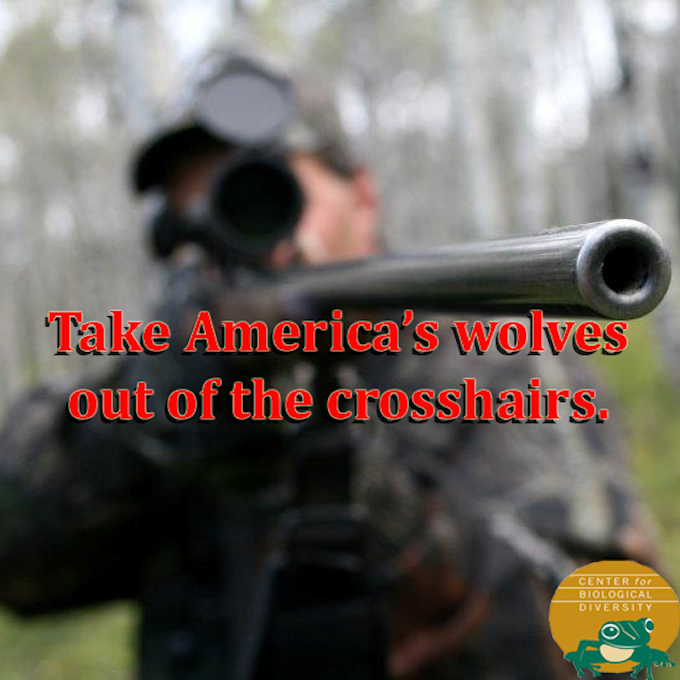 One member of the Huckleberry Wolf Pack in Stevens County Washington confirmed killed. A press release from Washington Department of Fish and Wildlife (WDFW) which stated “Personnel from the Washington Department of Fish and Wildlife continued their effort today to find and remove up to four wolves from a pack that has killed at least 22 sheep from a flock grazing in southern Stevens County. A federal wildlife agent contracted by WDFW killed one wolf on Saturday.”
One member of the Huckleberry Wolf Pack in Stevens County Washington confirmed killed. A press release from Washington Department of Fish and Wildlife (WDFW) which stated “Personnel from the Washington Department of Fish and Wildlife continued their effort today to find and remove up to four wolves from a pack that has killed at least 22 sheep from a flock grazing in southern Stevens County. A federal wildlife agent contracted by WDFW killed one wolf on Saturday.”
The press release continues “Early on Saturday evening, August 23 (2014), a marksman from the Wildlife Services division of the U.S. Department of Agriculture, contracted by WDFW, killed one member of the pack from a helicopter.”
Nate Pamplin, WDFW wildlife program director said the situation meets all of the conditions for lethal removal established in the department’s Wolf Conservation and Management Plan and related procedures: “There have been repeated, documented wolf kills; non-lethal methods have not stopped the predation; the attacks are likely to continue; and the livestock owner has not done anything to attract the wolves.”
The livestock owner in question is David Dashiell, President of the Cattle Producers of Washington (CPoW). Remember the killing of the Wedge Pack almost exactly two years ago in the same area because of Bill McIrvine, owner of the Diamond M Ranch? Here is a photo (left to right: CPoW President Dave Dashiell, Kelly Fogarty of U.S. Cattlemen’s Association, CPoW member Jim Wentland and Diamond M co-owner Justin Hedrick) Another member of his clan is Don Dashiell, Board Member of the Stevens County Cattlemen’s Association (SCCA) and Stevens County Commissioner!
This is a group of folks that would prefer to have all wolves eliminated. And Mr. Pamplin of the WDFW states that the livestock owner has not done anything to attract the wolves? How about running 1800 sheep into the wolves territory? It seems to me that if you wanted to attract some wolves, putting 1800 defenseless sheep in front of them would do a pretty good job of that!
According to the Timber Wolf Information Network “All of the details are still not clear, but the rancher’s sheep herder had apparently quit some weeks before the incident, and the sheep were thus unattended some or all of the time. The rancher does have four guard dogs. Nine additional sheep were killed earlier in the month, but were discovered too late to determine the cause of death.” In other words, David Dashiell was not using non-lethal methods of predator control when the initial killings occurred, otherwise, as the DWFW report states, the “10 other sheep that died earlier and had decomposed to the point they could not be confirmed as wolf kills” would have been discovered.
According to a comment from one of my readers on the Wedge Pack fiasco, David Dashiell is an admitted wolf hater. My reader wrote “There is a much bigger political and personal force than small time rancher McIrvine (rancher causing the extermination of the Wedge Pack) at work here. It is the President of the Stevens County Cattleman’s Association, Dave Dashiell. Check out the EWG website for his family’s history of subsidies (millions in the last decade alone!). He has been belligerent, threatening and intimidating to WDFW about wolves before they were even documented to be here, and threatened to derail the Wolf Management plan if it were implemented.”
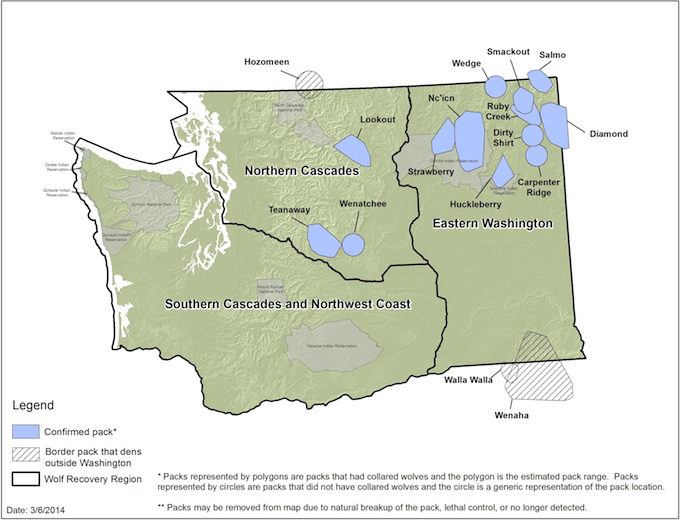
For us to believe that David Dashiell did not know the location of this wolf pack is shear folly. The WDFW has maps that show exactly where they are and David’s brother Don is on the Wolf Advisory Group! Plus the alpha male of the pack is collared.
Non-lethal methods of predator control are well documented. As a matter of fact, Defenders of Wildlife have a publication on the subject titled “Livestock and Wolves: A Guide to Nonlethal Tools and Methods to Reduce Conflicts” giving anyone who cares to do the right thing all the information they need to avoid livestock predation.
You can see a copy of the letter sent to Phil Anderson, Director of the Washington Department of Fish and Wildlife by a group of organizations concerned about his order authorizing the killing of four wolves from the Huckleberry Pack.
This pack has an estimated 12 members. Killing four of them (33%) would decimate the pack, and for what. The killing of 20 domestic sheep, constituting about 1% of the herd of 1800?
Another article by Rich Landers for the Spokemans Review can be seen here.
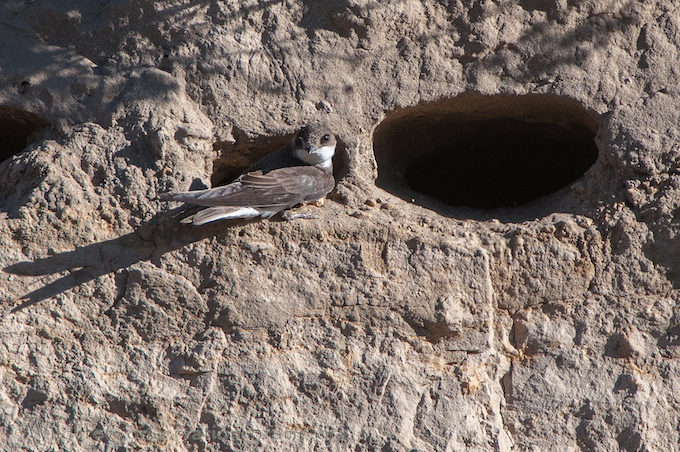 Bank Swallow (Riparia riparia) photo by Larry Jordan
Bank Swallow (Riparia riparia) photo by Larry Jordan
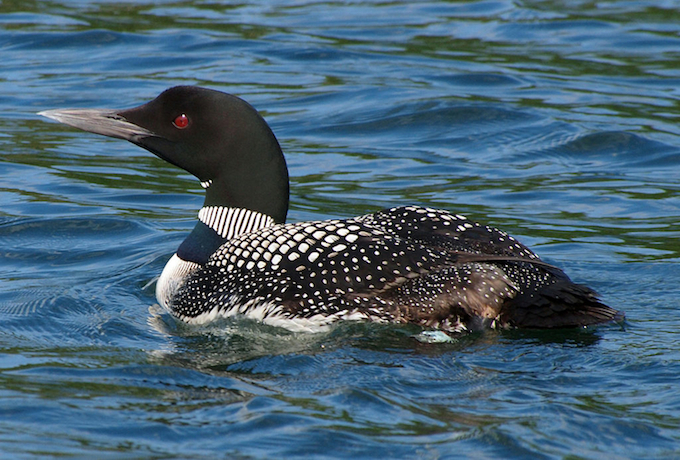
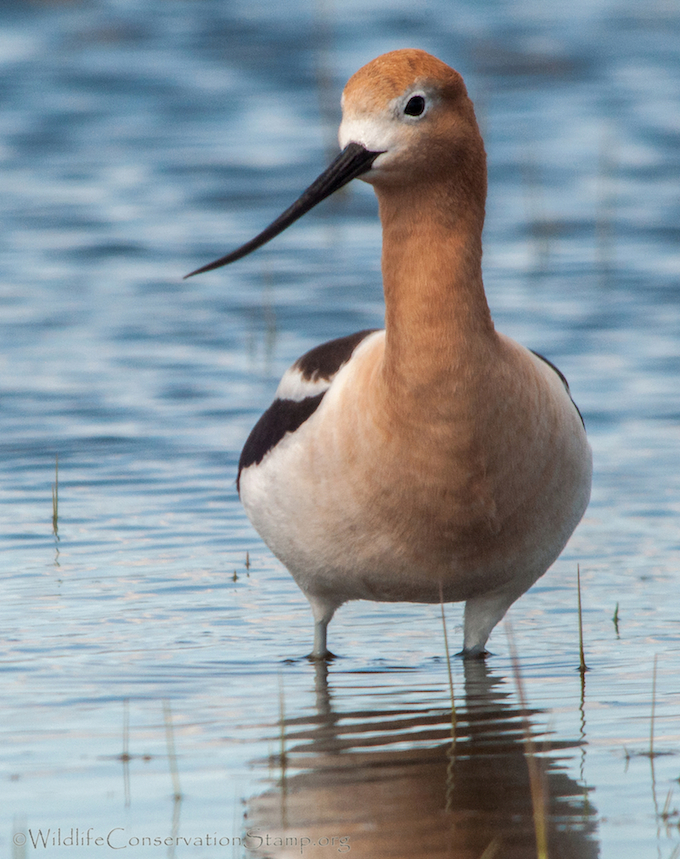
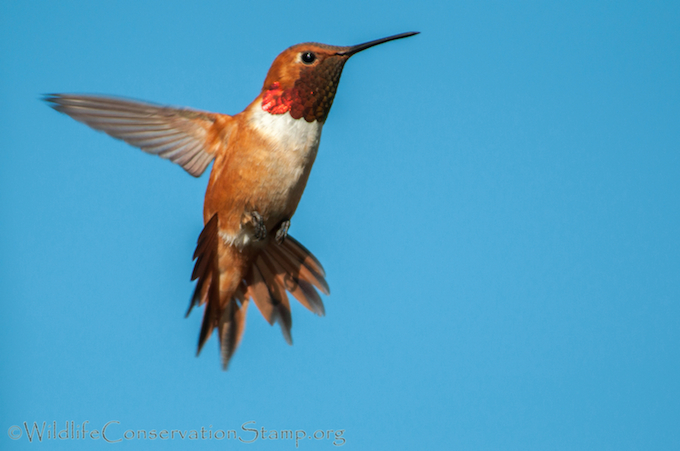
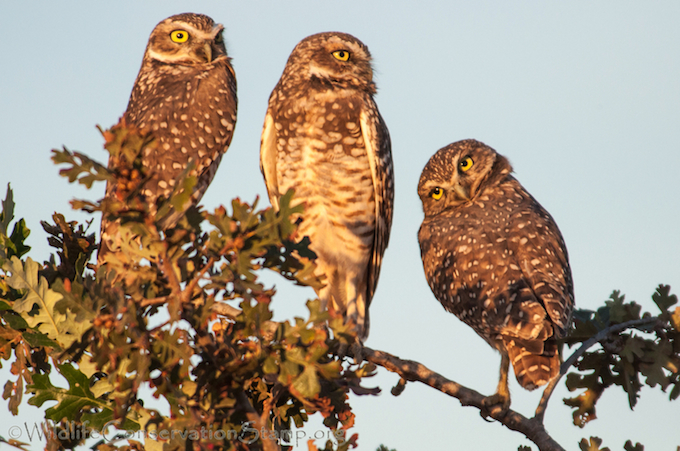


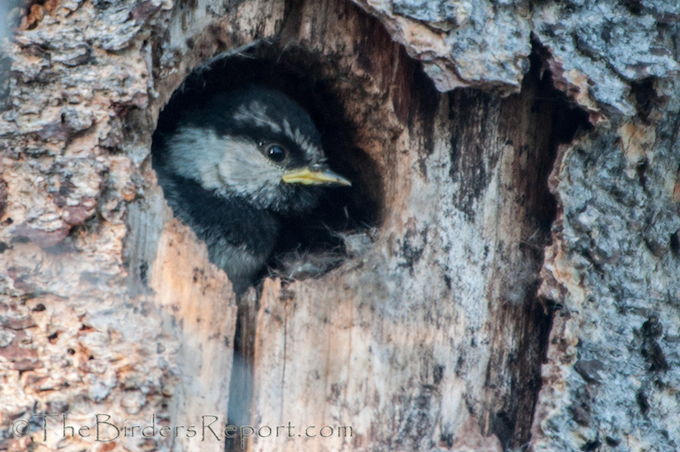



Social Media Connect